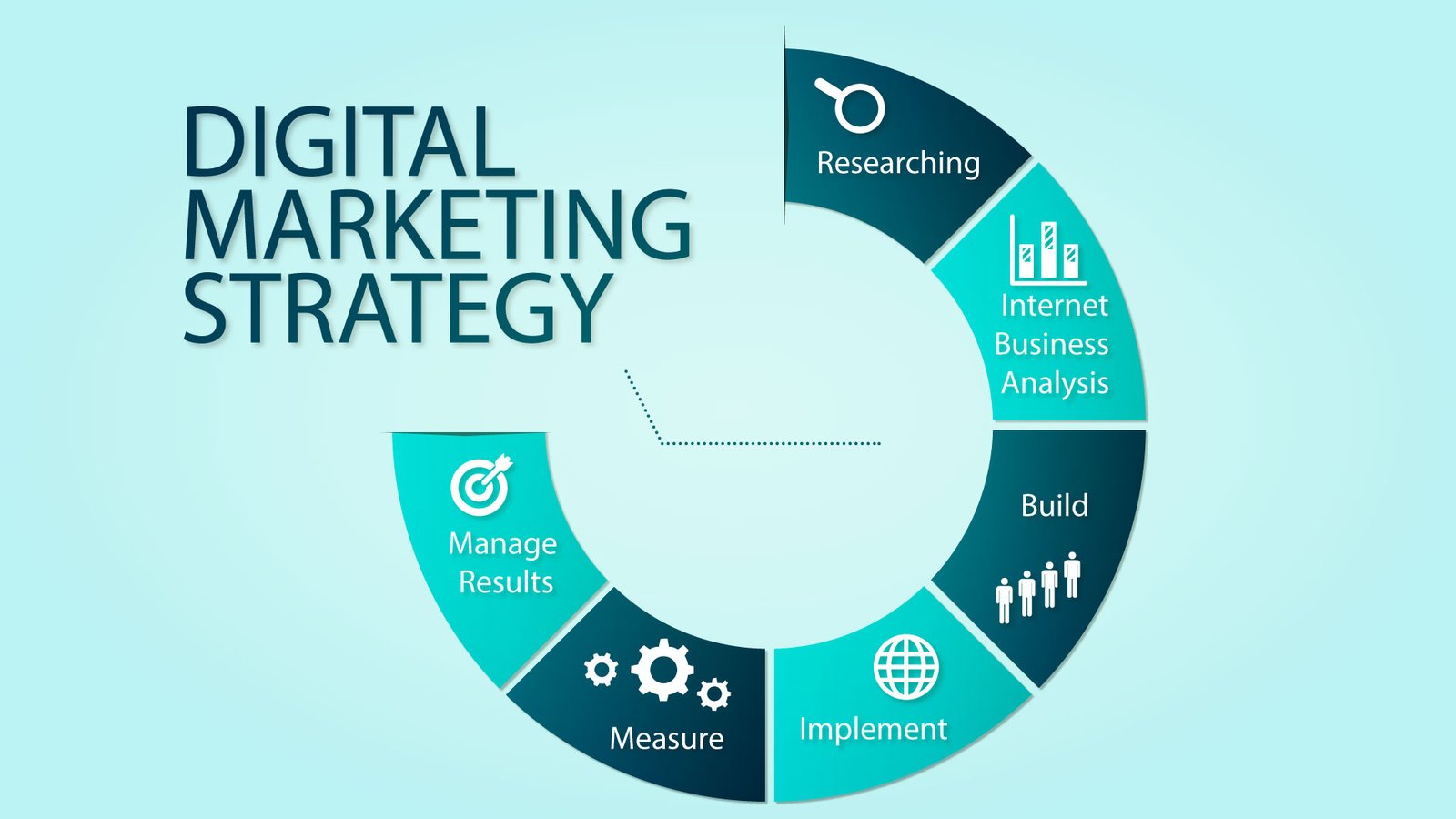Your largest marketing objectives may be achieved with the help of a well-planned digital content strategy from any video animation services, including raising brand awareness, generating leads, increasing website traffic, and even increasing sales! The difficult aspect is realising that a great marketing strategy entails more than just creating content and calling it quits. Probably not if you’re starting in the field of digital marketing with help from any DVC Company! Experienced marketers are aware that without a clearly defined plan, even the best content development workflow and SEO strategy are useless. Similarly, to this, content marketing techniques encourage repeat business from current clients. Consequently, we will walk you through 7 easy actions in this article that are essential to creating an effective content strategy template that will direct your efforts and enhance your outcomes.
How to Build a Framework for a Content Strategy
Let’s get started by learning more about how to make a content marketing plan in detail.
1. Specify your Objective
What do you want to achieve by creating a content marketing strategy? Why do you want to develop a content marketing strategy and produce content? It would be best to know your objectives before planning will make it simpler to choose the appropriate course of action.
2. Investigate Personas
Identify your buyer persona, often referred to as your content target audience, to create a successful plan. It is crucial to know the target market for people starting a business or moving to a brand-new marketing strategy. This target market will help them create more pertinent and worthwhile content to read and act on. Depending on your level of marketing expertise, your target may have altered. Do you wish to broaden your current target market or focus on a new demographic? Do you intend to stick with the same target market? Growing your audience requires periodically reviewing the demographics of your target market through market research.
3. Conduct a Content Analysis
Most companies begin with blog postings in the early stages. You may do a content audit to determine your best- and worst-performing content if you wish to branch out into other forms. Then, make use of that knowledge to guide your next move. If your company has been around for some time, you should evaluate your content marketing efforts and the outcomes from the previous year. Establish new objectives after determining what you can accomplish differently in the future year. Aligning the team objectives with the rest of your company is a terrific idea right now. No matter what stage you’re at, a content audit will assist you in identifying the topics that connect most strongly with your audience, finding any gaps in your subject clusters, and coming up with new content ideas.
4. Select Your Distribution Methods
Don’t let your teams become overwhelmed by the countless distribution avenues. To focus on distribution to the appropriate people through the right channels, businesses should select a few platforms for content dissemination, such as a blog and a YouTube channel. Creating a solid foundation of content for your company’s website is an excellent place to start. To reach as many people as possible, that content might be shared on social media. To reach a larger audience, several companies now publish content on the open web publishing platform Medium.
5. Produce Content that Addresses the Whole Customer Journey
It’s advantageous to use top-of-the-funnel content to draw buyers to your company. What transpires, though, after you have them there? You must provide them with stuff that piques their curiosity and may help them with their concerns. Many businesses, in my experience, focus excessively on the top of the sales funnel while neglecting to provide content assets that support bottom-of-the-funnel conversion. Assets like “case studies, testimonials, or movies demonstrating why they’re a suitable fit to work with you” are crucial for a company. Remember, the buyer’s journey starts when a person experiences a pain point or realises, they need a good or service.
6. Make an Editorial Schedule
Create an editorial calendar to work out the specifics of where and when this material will be made accessible once you’ve decided on your distribution channels, said Reed. You can keep track of your material and make sure you’re posting consistently with an editorial calendar. An editorial calendar enables companies to plan, reducing the stress associated with content creation. In an editorial calendar, you can plan out items like:
Seasonal content
The frequency of material updates
Posts about deals, discounts, or the introduction of new products
Content about holidays or regional events
A broad content calendar, such as a schedule of weekly blog postings
It is valuable to have an editorial calendar and a bank of ready-to-use content. During slower times of the year, marketers can use tools to schedule posts and spend time creating original content. It’s crucial to maintain flexibility even with this editorial calendar. Pay attention to current events and be prepared to alter your plans as needed.
7. Establish Credibility for Your Subject
B2B is far more necessary to develop a trustworthy image than of capturing hype. By using these methods, you can establish a content strategy that offers your audience genuine value and fosters enduring loyalty to your company. Small company entrepreneurs can succeed by developing their subject-matter expertise. Even large companies employ this strategy by having a spokesperson whose opinion is taken seriously on a subject serve as the company’s public face. For SEO reasons, Google utilises the word E-A-T (expertise, authority, and trust) to refer to the status of a source’s authority on a certain issue. To assist visitors, understand what evaluators are searching for when assessing the legitimacy of a website, the search engine offers search quality criteria. Brand owners should be in an ideal position to gain high rankings if they consistently provide factual, educational material that is full of citations or by-lined by an author with verifiable credentials.
Final Reflections
Now is the perfect opportunity to create a content strategy if you don’t already have one. Successful brands research the demographics and needs of their target market before distributing high-quality content across various and advance them through the sales process.










